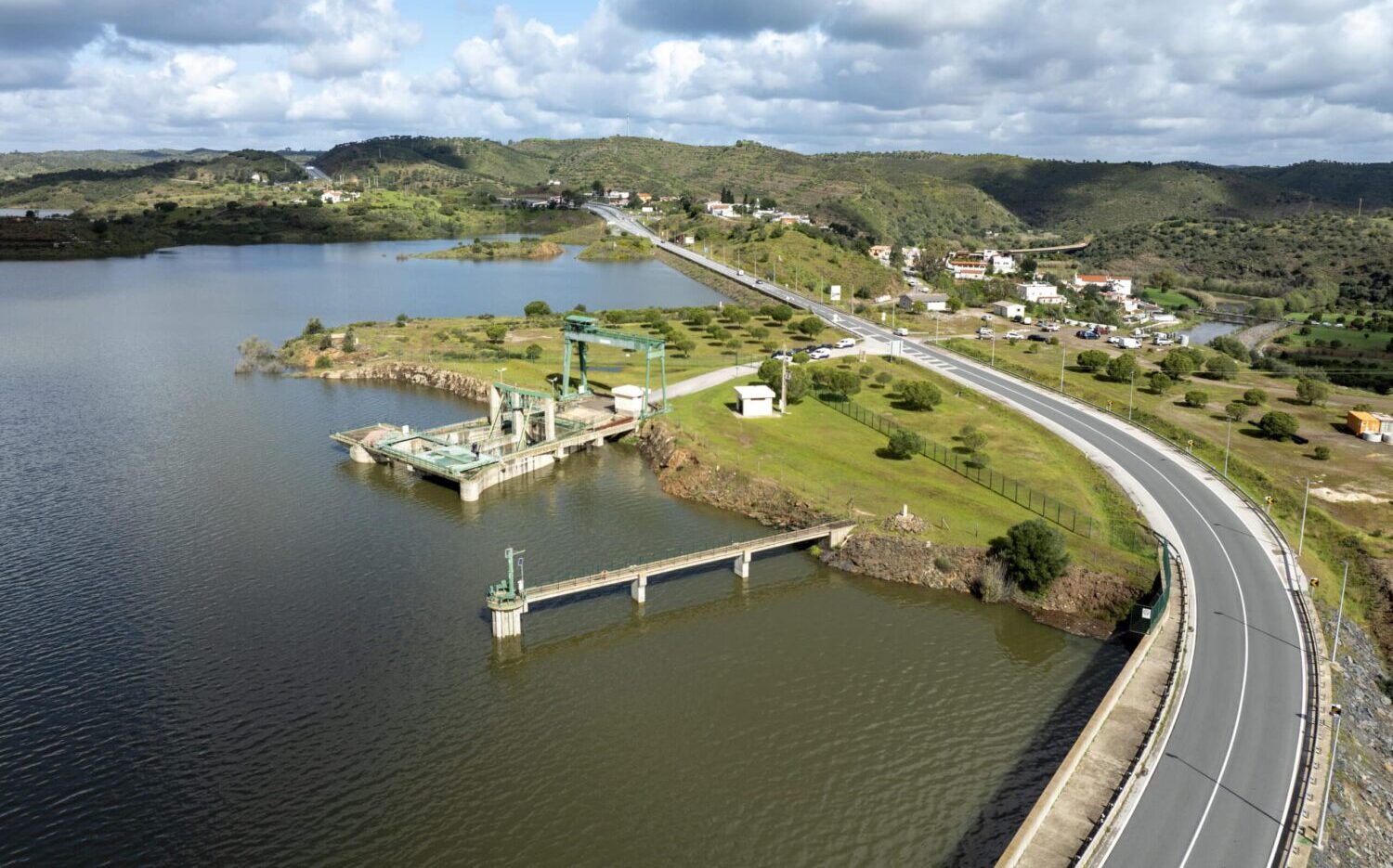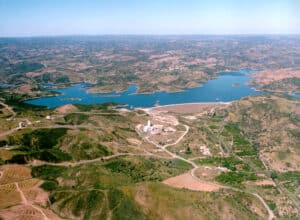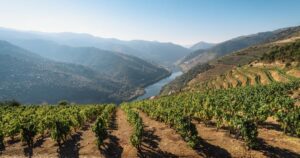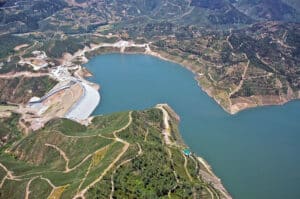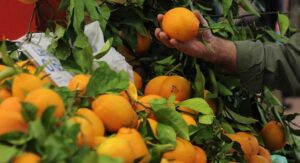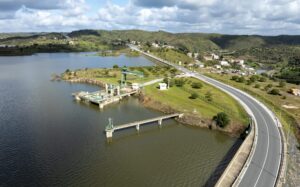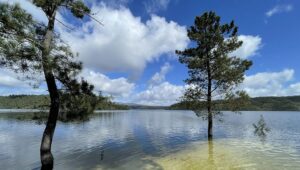Welcome rain brings ‘peace of mind’
After the wettest March in decades, the Algarve is positively brimming over with water. Restrictions brought in to try and cope with years of less than optimum rainfall have been ‘relieved’; dams in the Sotavento (eastern Algarve) have been forced into executing ‘controlled water releases’ and the ‘desperation’ that hung in the air over water management has relaxed.
Even before the deluges of Depression Martinho, José Pimenta Machado, president of Portuguese Environment Agency APA, confirmed that the region’s dams are averaging around 80% of total storage capacity, which translates into “almost three years’ of consumption” (tourism/intensive agriculture included).
Elsewhere, the picture is very much the same. But it is in the Algarve that rains have really ‘made all the difference’: the region was teetering on a water crisis last summer, where authorities worried it wouldn’t have enough ‘capacity’ to get populations much past the new year. Thus, the last few weeks of rainfall have been nothing short of miraculous.
Miracles come, however, in different formats, and the arrival of Depression Martinho was uncomfortable to say the least – much worse for areas in and around Lisbon, where falling trees and buffeted structures caused endless damages, destroyed cars, ripped tiles off roofs, and plunged some areas into major power blackouts.
Sidestepping the worst of Martinho, the Algarve benefitted by getting even more rain.
As Pimenta Machado acknowledged, the new water-rich reality “allows us to work with some peace of mind on implementing projects underway to give the region greater resilience”.
And those projects are still sorely needed: we heard recently how only this year are leaks from the west Algarve’s Bravura dam being plugged. These had been left to lose endless cubic metres of water for years – as have so many other ‘situations’, like the Mira irrigation channel which has allowed fresh water draining from the Santa Clara dam in the lower Alentejo to be lost to the sea near Rogil 24/7 for decades.
In this context, the government strategy “Água Que Une” (Water That Unites) is every bit as important, in spite of the welcome rain.
The APA chief stresses that increasing what is dubbed the south’s ‘water resilience’ is “a fundamental issue (…) It doesn’t make sense to use the water we have to water golf courses and gardens”, thus the various projects for ‘reusing wastewater’, among those for water transfers/pipelines, and even desalination (a €108 million project envisaged for Albufeira).
The ‘problem’ with “Água Que Une” is that it hasn’t completely united popular opinion. Like the curate’s egg, there are some good parts to it, and some not so good: Sotavento (eastern Algarve) communities, for example, are against the Pomarão water capture project, involving the construction of a pipeline to the Odeleite reservoir (Castro Marim); and there is huge environmental opposition to the proposed construction of a desalination plant above Praia da Falésia (Albufeira) – as well as multiple lawsuits littering the way forwards.
PAS, the Sustainable Water Platform, explains that the government’s strategy, this far, is “incomplete and contradictory”.
And here comes the next big question: will the next government even implement the “Água Que Une” programme? If polls are right, and social democrats return with a working majority, the likelihood is it will try to, if it can find the money. But if polls are wrong/if things change over the next couple of months, and voters switch horses (again), there is every possibility that “Água Que Une” will get shunted sideways.
PAS certainly wants to see an exercise in civic participation – principally because the government is treating water much more transactionally than PAS sees as ‘wise’.
For instance, instead of ‘cutting its coat according to available cloth’, the government seems intent on artificially creating water, in order not only to support intensive agricultural projects already established, but “encourage new investment” along the same lines.
PAS, backed by environmental NGOs and associations, thinks this is all wrong. Instead, it believes the clever way forward is one that involves “nature-based solutions and efficient water management”, bearing average rainfall in mind.
PAS has been giving examples of what it believes is needed in the south for years. Readers will find them on our website. In short, solutions do not involve constructing “large infrastructures with heavy environmental impacts”. But PAS is not in charge; and the ability for communities to steer political ‘leaders’ in directions they would prefer does not appear to be gifted with any divine magic.
Rain and dam discharges destroy endless crops
This is the flip side of the last few weeks of plentiful rain: producers everywhere are lamenting lost crops/damaged produce.
In the Algarve, casualties have been everything from citrus fruits to potatoes/sweet potatoes, strawberries. In Aljezur, for example: the self-styled capital of the sweet potato, many hundreds are now rotting under water. Elsewhere, growers are bemoaning the loss of carrots, peas, broccoli, as well as potatoes. Exotic fruits, like myrtles, have been equally hit badly.
In the Ribatejo/Santarém district, the farming community is totting up losses of around €3.5 million: losses that will not only reflect on producers’ immediate livelihoods, but on national supply. Representative Gonçalo Escudeiro has been telling SIC (news broadcaster) that not only have crops in the ground been compromised, but those due to be planted have had to wait (and in some cases are still waiting) as land is so saturated that machinery cannot start working.
Calling the situation ‘calamitous’ – even though so many areas were crying out for rain in one of the driest Decembers – the bottom line is that farmers will be looking for help from the Ministry of Agriculture, which, due to the political situation, may have its hands tied until after the election on May 18.
All in all, Nature has reset the balance, but human beings are still making very heavy weather of it.
And talking about weather, the south is still due for more rain next week! Weather.com is showing another week of rain from April 1.

